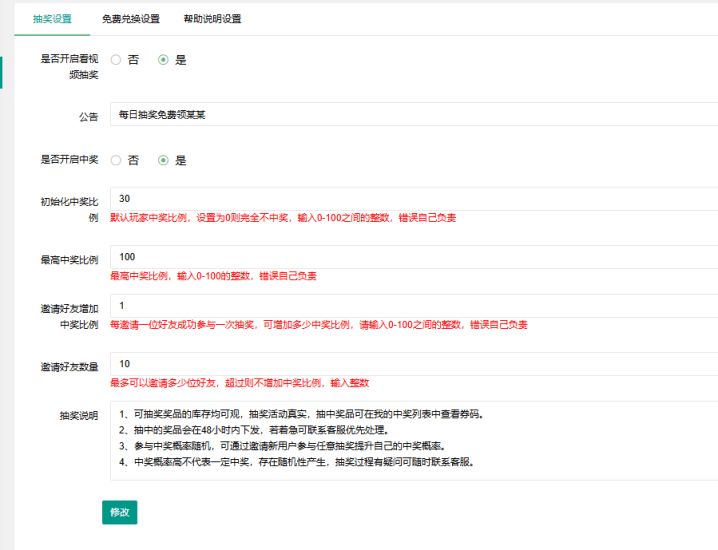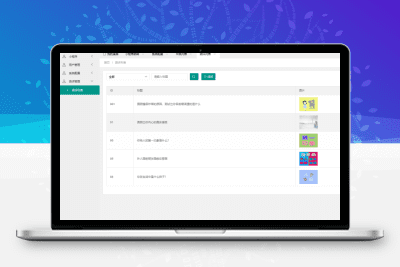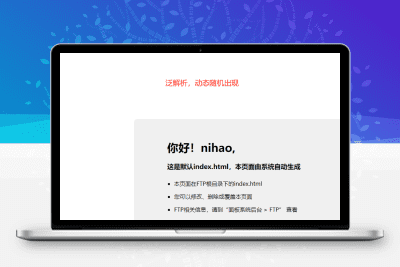自动化 go 函数测试可提高代码质量和可靠性,技巧包括:使用单元测试框架,如 go 标准库中的 testing 或第三方库如 ginkgo 和 testify。利用桩和模拟来控制和检查依赖项的行为。使用数据驱动测试,从外部文件或结构中获取测试数据。使用代码覆盖率工具来测量代码执行程度。
Go 函数测试自动化技巧
在 Go 开发中,自动化函数测试至关重要,因为它可以提高代码的质量和可靠性。以下是几个自动化 Go 函数测试的技巧:
使用单元测试框架
立即学习“go语言免费学习笔记(深入)”;
标准库 testing:Go 标准库中可用的简单且易于使用的单元测试框架。
1
2
3
4
5
6
7
8
9
10
11
12
13
14
imp源码网点我wcqh.cnort “testing”
// 辅助函数
func add(x int, y int) int { return x + y }
// 测试函数
func TestAdd(t *testing.T) {
t.Run(“adds positive numbers correctly”, func(t *testing.T) {
result := add(1, 2)
if result != 3 {
t.Errorf(“Expected 3, got %d”, result)
}
})
}
使用桩和模拟
桩:用于取代需要被测试的依赖源码网点我wcqh.cn项,以便控制其行为。模拟:允许检查依赖项的行为,例如是否被调用以及调用次数。以下是如何使用桩和模拟来测试数据库操作的示例:
1
2
3
4
5
6
7
8
9
10
11
12
13
14
15
16
17
18
19
20
21
22
23
24
25
26
27
28
type UserRepository interface {
GetUser(id int) (*User, error)
}
type StubUserRepository struct {
user *User
err error
}
func (r *StubUserRepository) GetUser(id int) (*User, error) {
return r.user, r源码网点我wcqh.cn.err
}
func TestGetUser(t *testing.T) {
t.Run(“returns a user if found”, func(t *testing.T) {
userRepo := &StubUserRepository{
user: &User{ID: 1, Name: “John”},
}
service := NewUserService(userRepo)
user, err := service.GetUser(1)
if err != nil {
t.Errorf(“Expected no error, got %v”, err)
}
if user.ID != 1 || u源码网点我wcqh.cnser.Name != “John” {
t.Errorf(“Expected user with ID 1 and name John, got %v”, user)
}
})
}
利用数据驱动测试
数据驱动测试:将测试数据存储在外部文件或结构中,然后使用循环自动执行测试。第三方库:GoConvey、Ginkgo 等第三方库提供了数据驱动测试的功能。
1
2
3
4
5
6
7
8
9
10
11
12
13
14
15
16
17
18
19
20
21
22
23
24
type TestData struct {
A int
B int
Expected int
}
// 测试数据
var testData = []TestData{
{1, 2, 源码网点我wcqh.cn3},
{4, 5, 9},
{-1, -2, -3},
}
// 测试函数
func TestAddDataDriven(t *testing.T) {
for _, data := range testData {
t.Run(fmt.Sprintf(“adds %d and %d”, data.A, data.B), func(t *testing.T) {
result := add(data.A, data.B)
if result != data.Expected {
t.Errorf(“Expected %d, got %d”, data.Expected, result)
}
})
}
}
使用代源码网点我wcqh.cn码覆盖率工具
代码覆盖率工具:测量了被测试代码的执行程度,有助于发现未覆盖的代码路径。第三方库:Gocov、Coverage 等第三方库提供了代码覆盖率测量功能。
1
2
3
4
5
6
7
8
9
10
11
12
import “testing”
func TestCoverage(t *testing.T) {
t.Run(“tests coverage”, func(t *testing.T) {
// 测试代码…
})
}
func init() {
testing.Init()
gocov.RegisterCoverProfile(c.Var, root)
}
通过遵循这些技巧,您可以自动化 Go 函数测试,提高代源码网点我wcqh.cn码的质量和可靠性。
以上就是Golang 函数测试自动化技巧的详细内容,更多请关注青狐资源网其它相关文章!















暂无评论内容